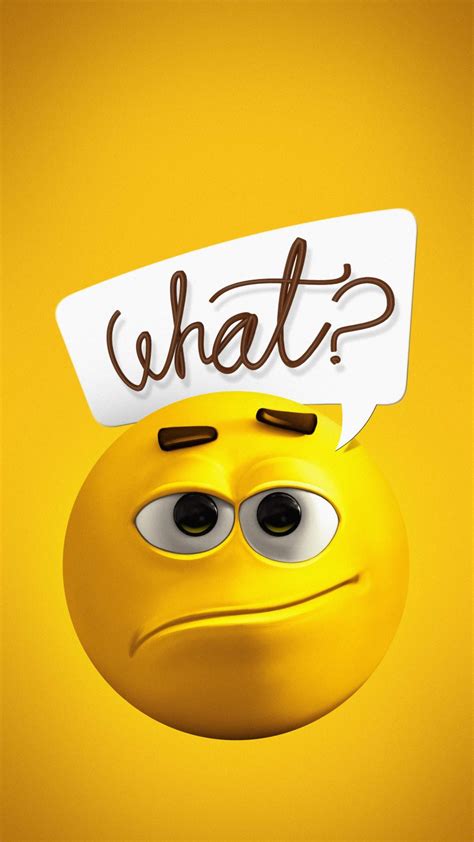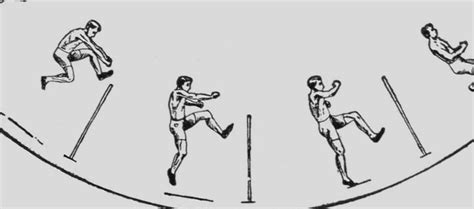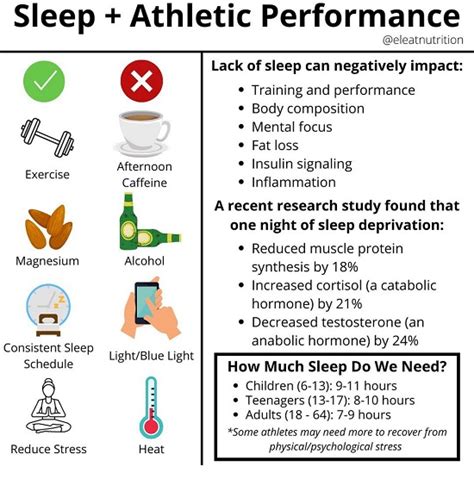What’s the best strategy to break a strength plateau & boost peak performance?

Understanding the Strength Plateau
Every serious lifter eventually encounters a strength plateau – that frustrating period where your progress grinds to a halt despite your best efforts. It’s a natural physiological response; your body adapts to stress, and what once challenged it no longer provides a sufficient stimulus for growth. Recognizing the signs and understanding the underlying causes is the first step toward breaking through and reaching new heights.
Plateaus can stem from various factors: insufficient recovery, inadequate nutrition, improper training intensity, or simply doing the same routine for too long. The good news is that with a strategic approach, these barriers can be overcome, leading to renewed gains and enhanced peak performance.

Strategic Training Variation: Beyond Linear Progression
While progressive overload is the cornerstone of strength training, simply adding more weight or reps indefinitely will eventually lead to a plateau. To break through, you need intelligent variation:
- Periodization: Implement structured training cycles (e.g., block, undulating) that manipulate volume, intensity, and exercise selection over time. This prevents overtraining and allows for planned recovery and supercompensation.
- Deload Weeks: Every 4-8 weeks, reduce your training volume and intensity by 40-60% for a week. This allows your central nervous system and muscles to recover fully, often resulting in a stronger return to heavy lifting.
- Exercise Variation: Swap out primary lifts or introduce variations (e.g., front squats instead of back squats, incline bench instead of flat bench, different grip variations) to challenge muscles in new ways and address potential weaknesses.
- Intensity Techniques: Incorporate methods like drop sets, supersets, rest-pause sets, negative reps, or forced reps (with a spotter) to push beyond your normal failure point and stimulate new growth, but use these sparingly to avoid overtraining.
- Rep Ranges & Tempo: Don’t stick to just 3-5 reps. Cycle through different rep ranges (e.g., 6-10 for hypertrophy, 1-3 for pure strength) and experiment with slower tempos (time under tension) to elicit different adaptations.

Optimize Nutrition: Fueling Growth and Recovery
Your diet plays a critical role in your ability to recover and build strength. If your nutrition isn’t dialed in, progress will inevitably stall:
- Caloric Intake: Ensure you’re consuming enough calories to support your activity level and muscle growth. A slight caloric surplus is often necessary for breaking strength plateaus.
- Protein Intake: Aim for 1.6-2.2 grams of protein per kilogram of body weight daily to support muscle repair and synthesis.
- Carbohydrates: Provide essential energy for high-intensity training and replenish glycogen stores. Don’t fear carbs, especially around your workouts.
- Healthy Fats: Crucial for hormone production and overall health.
- Hydration: Dehydration significantly impairs performance and recovery. Drink plenty of water throughout the day.
- Micronutrients: A diet rich in fruits, vegetables, and whole foods ensures adequate vitamins and minerals for optimal bodily functions.
Prioritize Recovery: The Unsung Hero of Gains
Muscles aren’t built in the gym; they’re built during recovery. Neglecting recovery is a primary cause of plateaus and overtraining:
- Sleep: Aim for 7-9 hours of quality sleep per night. This is when your body produces growth hormone and repairs tissues most effectively.
- Stress Management: Chronic stress (physical or psychological) elevates cortisol, which can hinder recovery and muscle growth. Incorporate stress-reducing activities like meditation, yoga, or spending time in nature.
- Active Recovery: Light cardio, stretching, foam rolling, or massage can improve blood flow, reduce muscle soreness, and aid recovery.
- Listen to Your Body: Don’t be afraid to take an extra rest day or modify a workout if you feel excessively fatigued or notice persistent aches.

The Mindset & Consistency Factor
Breaking a plateau also requires mental fortitude and unwavering consistency. Track your workouts meticulously to identify patterns and celebrate small victories. Set new, challenging, yet realistic goals. Remember that progress isn’t always linear; patience and persistence are key.
Boosting Peak Performance: Beyond the Plateau
Once you’ve broken through a plateau, the strategies outlined above continue to be relevant for consistently boosting peak performance. To reach truly elite levels, consider:
- Specialized Training Cycles: Focusing for specific periods on strength, hypertrophy, or power.
- Addressing Weak Links: Identify and target specific muscle groups or movement patterns that limit your lifts.
- Expert Coaching: A seasoned coach can provide personalized programming, technique analysis, and accountability.
- Refined Biomechanics: Continuously perfect your lifting form to maximize efficiency and minimize injury risk.

Conclusion
Hitting a strength plateau is a normal part of the fitness journey, but it doesn’t have to be a dead end. By strategically varying your training, optimizing your nutrition, prioritizing recovery, and maintaining a resilient mindset, you can not only break through those frustrating barriers but also propel yourself towards new levels of peak performance and sustained strength gains. Embrace the challenge, adapt your approach, and watch your strength soar.









